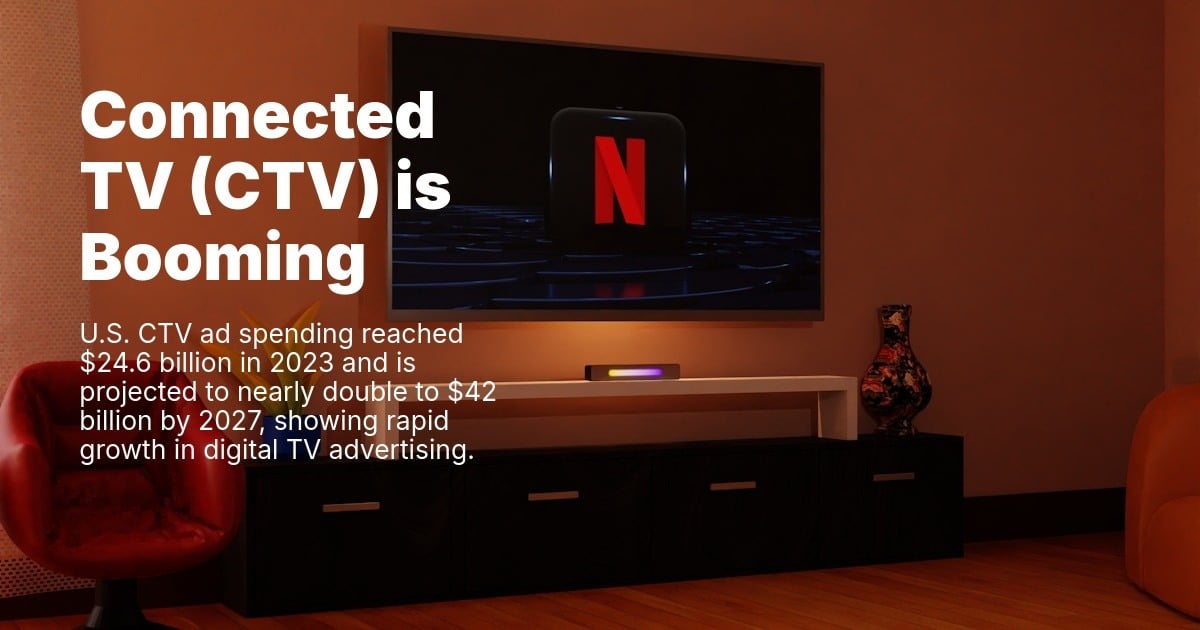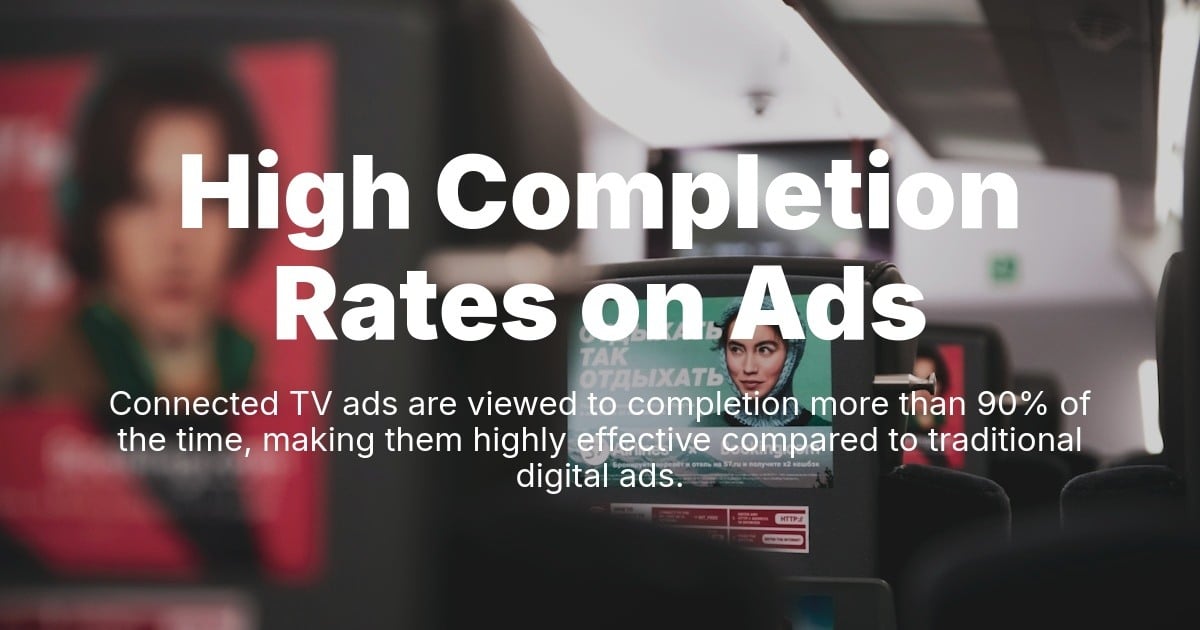How TV and Radio Ads Influence Customer Buying Decisions
Advertising plays a pivotal role in shaping consumer behavior, and TV and radio continue to be powerful influencers in the buying journey.
Research from leading marketing firms consistently shows that traditional media still holds strong credibility and engagement, particularly when combined with digital strategies.
The Science Behind Consumer Decision-Making
1. Emotional Triggers Drive Purchase Decisions
-
A study by the Journal of Consumer Research found that emotional responses to TV ads are more influential on purchase intent than ad content itself.
-
According to Nielsen’s neuroscience division, TV ads that evoke strong emotional engagement increase brand recall by 23%.
-
Radio listeners form personal attachments to stations and hosts, leading to 36% higher ad trust levels compared to social media advertising (Radio Advertising Bureau).
2. The Power of Repetition in Memory Retention
-
The Advertising Research Foundation (ARF) found that a consumer needs to hear or see an ad at least 7 times before they act on it (the “Rule of 7”).
-
Repeated exposure to TV ads over three months results in a 65% increase in brand awareness, according to a study by Marketing Science Institute.
-
Radio ads played at consistent times during commutes increase message retention by 45% (Edison Research).
3. Trust and Credibility of Traditional Media
-
56% of consumers trust TV ads more than digital ads, according to Kantar Media’s Global Monitor Report.
-
Listeners view radio hosts as more trustworthy than social media influencers, leading to higher engagement with ad messages (Radio Centre UK).
-
Studies by Ebiquity confirm that TV remains the most effective medium for brand-building, driving 71% of total advertising-generated profit.
How TV and Radio Influence Specific Buying Stages
1. Awareness Stage: Capturing Attention
-
TV ads have a 74% attention rate compared to online video ads at 20% (Nielsen Total Audience Report).
-
Radio reaches 90% of the population weekly, making it an effective tool for top-of-the-funnel brand awareness (Pew Research Center).
2. Consideration Stage: Creating Desire and Preference
-
TV ads with strong visual storytelling increase product desirability by 40%, according to Ipsos.
-
Radio endorsements from trusted hosts lead to a 20% increase in purchase intent (Radio Advertising Bureau).
-
Integrated TV and radio campaigns improve brand recall by 35% compared to single-channel efforts (Thinkbox UK).
3. Decision Stage: Converting Intent into Action
-
TV ads drive a 30% higher purchase rate when paired with digital marketing strategies, as found in a Bain & Company study.
-
Consumers exposed to radio ads are 29% more likely to search for the brand online, demonstrating cross-channel impact (Marketing Evolution).
-
Call-to-action radio ads that include a promo code drive a 25% increase in conversion rates (Nielsen Audio).
Case Study: Home Improvement Retailer Boosts Conversions with TV and Radio
-
A leading home improvement retailer integrated prime-time TV ads with drive-time radio spots, leading to a 25% increase in foot traffic and a 20% boost in e-commerce sales.
-
Consumers who saw the TV ad and heard the radio promotion were 1.8x more likely to make a purchase, demonstrating the synergy between the two channels (Home Retail Insights).
Leveraging TV and Radio for Maximum Influence
TV and radio advertising remain critical tools for influencing consumer behavior, offering high engagement, trust, and conversion power. Businesses that integrate these traditional media channels with digital efforts maximize brand recall, credibility, and buying intent.
By harnessing emotional triggers, leveraging repetition, and combining cross-channel strategies, brands can drive sustained revenue growth and customer loyalty.



